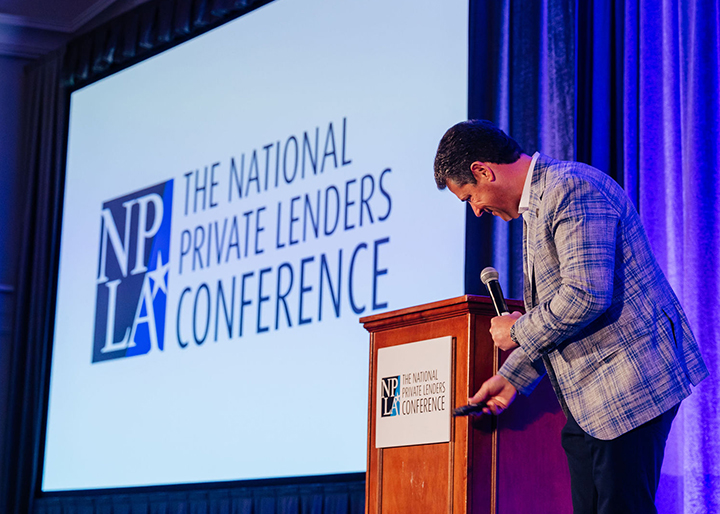Cincinnati, Ohio
The Queen City Remains One of the Fastest-Selling Markets in the Country By Carole VanSickle Ellis When a multitude of large, urban markets began cooling off with the advent of 2023, Cincinnati, Ohio, just kept getting hotter. The midwestern city, also often referred to as “The Queen City” thanks to poet Henry Wadsworth Longfellow’s 1854 poetic reference to it as “The Queen of the West,” was ranked as one of
Read More












